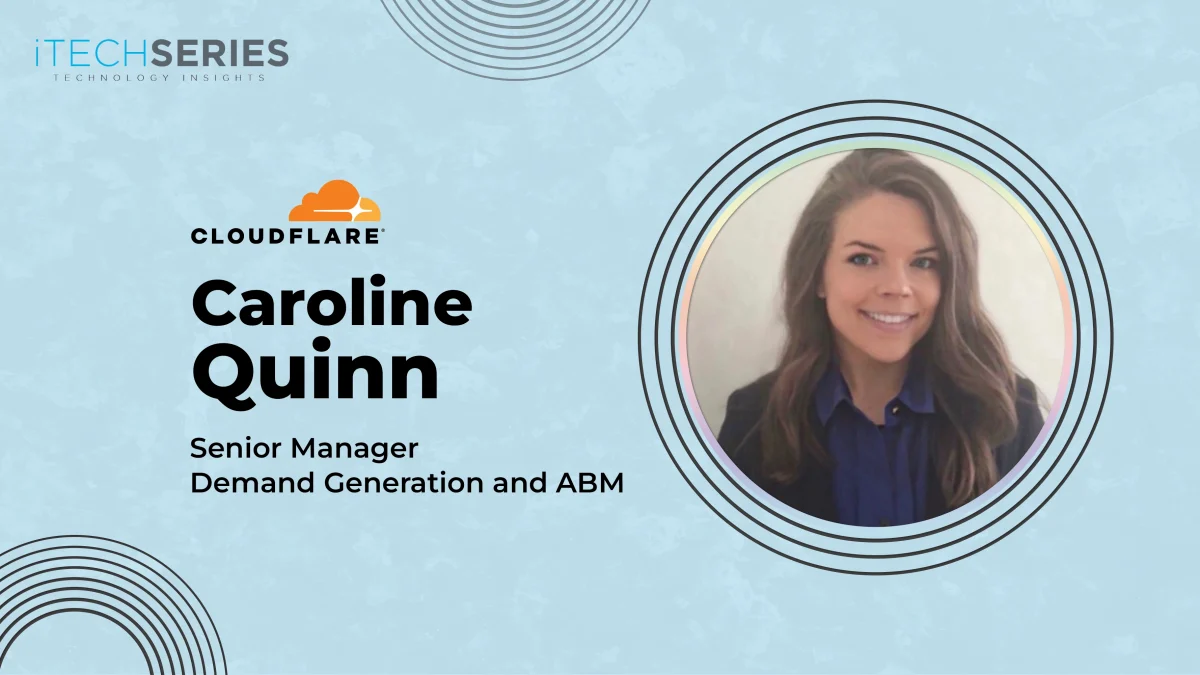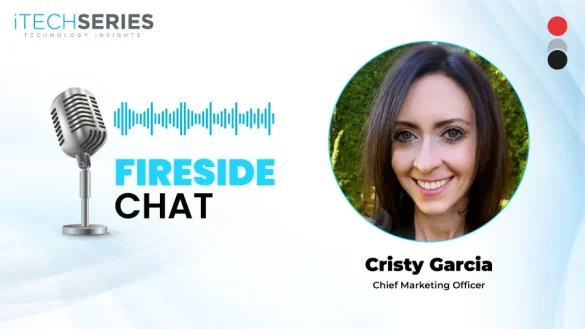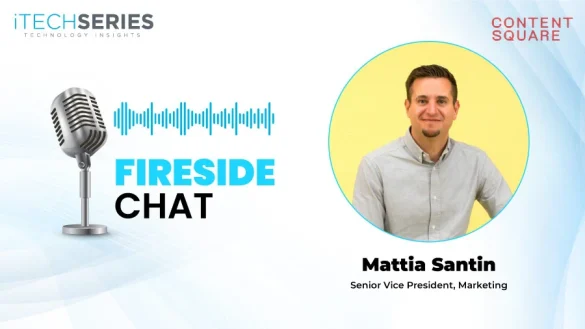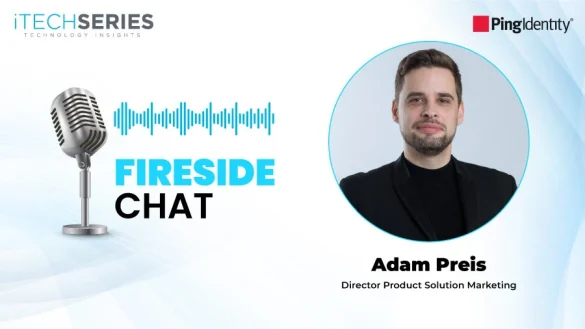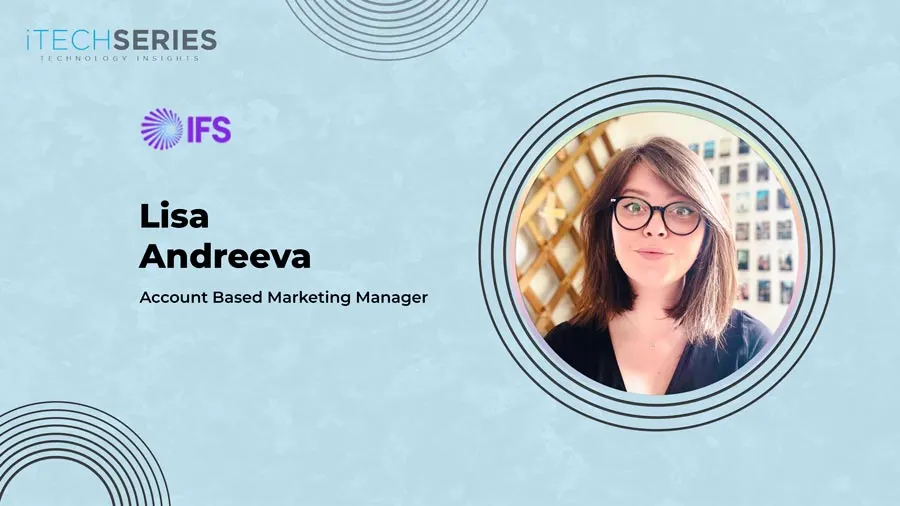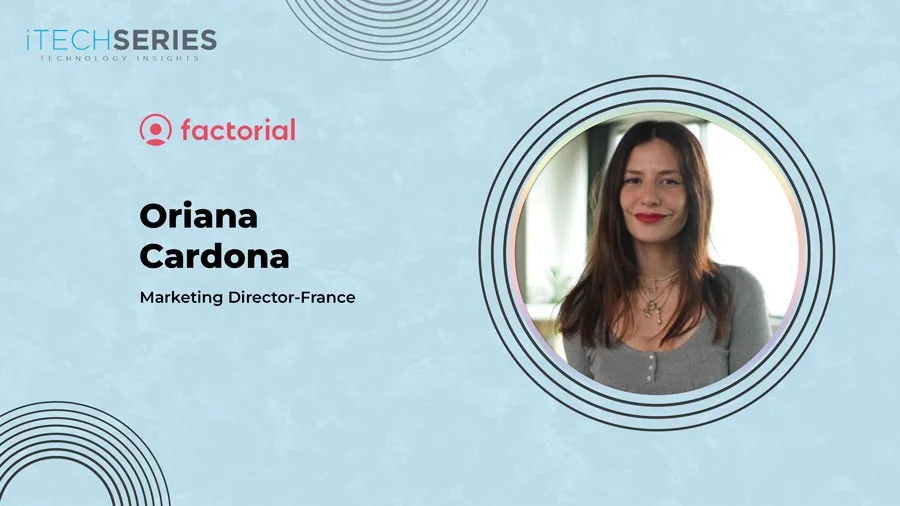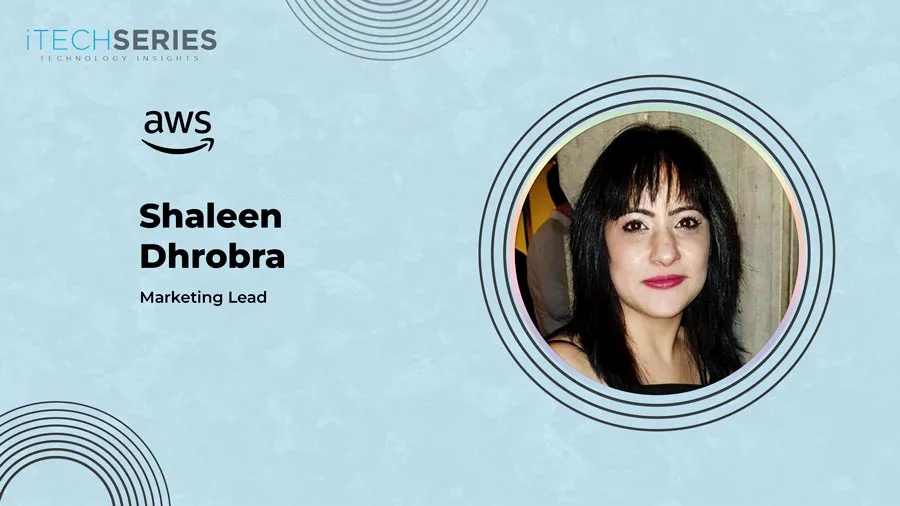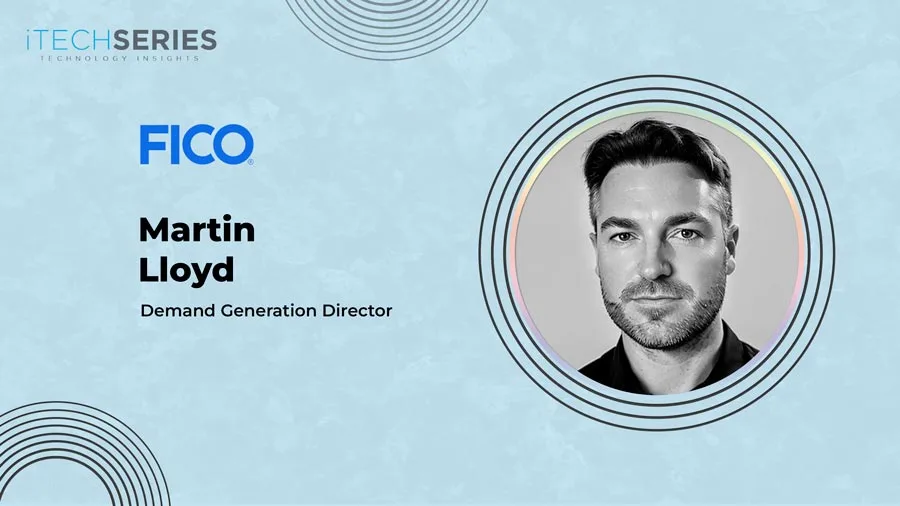Caroline Quinn, account-based marketer at Cloudflare, shares her journey from building ABM programs to scaling impactful demand generation with an ABM lens. Discover her insights on aligning ABM to your revenue goals and designing the best-fit ABM program for your unique organization.
It’s wonderful having you on this interview series, Caroline. Could you tell us about yourself and your marketing journey?
Thanks! Sure. I started my career at Kronos, which is now UKG. I couldn’t have asked for a better launching point. I just learned so much in those 3 years. Later, at PipelineIQ, we designed ABM strategies for some of the largest tech companies in the world: Apple, Workday, Red Hat, and Google, among others. This role shaped my specialization in account-based marketing.
As the first North America ABM hire at Blue Yonder, I built out the program and eventually a team. I’m proud of the impact we had on closed/won business with key new logos, and scaling ABM across the marketing team. From what I can tell, the segmentation and always-on, programmatic framework we set the foundation for back in 2021 is still followed by their team today. In that role, I learned that I really enjoy building a program from the ground up – in this case, one that lasts even after you’ve left the company!
Today, I design and execute ABM plans for key accounts at Cloudflare. It’s an exciting company to work for. Our team is growing quickly and it’s been another opportunity to help build and scale an ABM program.
How do you ensure that ABM programs are fully aligned with broader revenue goals?
I try to have a strong point of view on how to deploy ABM to make the right kind of impact for the business, and where NOT to focus it. For better or for worse, ABM can help you at any stage of the sales cycle or any account segment that you want it to. Many companies say they want to do ABM but don’t know where to begin, and as the ABM leader, it’s your responsibility to diagnose that. While it sounds obvious, this is where I think you have to drown out all the noise around ABM strategy in the marketing world, and distill it to only what makes sense for your revenue goals. Don’t try to make ABM everything to everyone. I have two examples of that.
In my first year at Cloudflare, I leaned into ABM at scale and leaned away from custom 1:1 campaigns designed for a single account. Keeping up with the demand in our market and driving awareness was the more pressing need for the team I support. Just because 1:1 ABM was my bread and butter in my last role and worked for me then, doesn’t mean it’s what my new team needed.
Another example: At Blue Yonder, I was often asked by sellers to kick off an ABM program in order to accelerate large in-flight deals. I chose to focus on new logo opportunity creation instead. As a result, we added millions in new pipeline instead of spending marketing dollars and cycles on existing deals that we were already likely to win. A strong point of view on where ABM should fit into contributing to our revenue goals meant that I wasn’t just reacting to whatever came across my desk.
“This is where I think you have to drown out all the noise around ABM strategy in the marketing world, and distill it to only what makes sense for your revenue goals.”
As a marketer, how do you balance short-term pipeline goals with long-term brand-building in emerging markets?
Emerging markets are tricky with ABM. Highly targeted and highly customized marketing is sort of the opposite of what you want at that point. You want to get awareness to help drive volume and reach first, and you don’t want to be afraid of going broader with your targeting.
A good balance for ABMers that support emerging markets is to lean primarily towards 1-to-many, always-on digital and account-based lead generation programs that will help you get reach. Be ready to catch accounts as they move into a buying cycle with always-on advertising, if you have an ABM platform that will let you identify surges in intent and trigger ads to that segment. If you can work with lead generation vendors that let you use an account list, you can focus on building out your database in your priority target accounts. It’s ok to focus on the basics and bring an ABM lens to it. Then save any 1:1 customization for deal-based ABM to help your sellers land deals with select new logos that would help you build trust in that market.
Could you describe the most challenging ABM program you’ve successfully led?
In a former role, I ran a 16-month-long campaign into a manufacturing account that started with an intent surge in 6sense and ended with a closed/won opportunity with a total contract value of more than $15M. It was the most successfully coordinated campaign, timing-wise, that I’ve run to date, but that’s also why it was the most challenging. It required really tight alignment between me and the AE and is my favorite example of what it feels like when ABM really clicks.
We ran a custom awareness play to get in the door, shifted to a deal acceleration play once the opportunity was opened, then a quick pivot to competitive takeout once we were down-selected. We supported a series of in-person and virtual meetings, shipped customized direct mailers aligned to the deal messaging, and had our CEO and account team record a “welcome” video that we delivered to the account’s decision-makers an hour after the contract was signed. It was just really satisfying to see that deal close after a lot of teamwork across marketing and the account team, and one with such a significant revenue impact.
How has ABM, in your view, evolved from a mere concept to a strategic necessity?
If you can nail the balance between programmatic, customized 1:1, and on-demand 1-to-few plays for your sellers, ABM will become a strategic necessity for your organization. Everyone’s going to agree that ABM sounds great in theory, but making it a necessity to your business is all in the execution. And that’s the part that is going to look different wherever you go to build out an ABM program.
For instance, custom 1:1 ABM might be a good use of your time and budget if you have a strong demand generation engine already humming along, you have 18-month sales cycles with complex accounts, and you can get clear agreement from sales leadership on your target accounts.
But if you have a quick sales cycle, a low ASP, or low awareness in a target market, I wouldn’t be spending my budget or time on customizing campaigns for a single account. By the time that campaign is in the market, you could’ve reached more accounts with less effort and had a larger pipeline impact than you would with that customized campaign.
If things don’t click at first, don’t jump to the assumption that your organization isn’t ready for ABM or that it’s failed. I think ABM can work anywhere, no matter your budget or attribution models or sales cycle. Just rebalance the mix and be okay with going with a more scaled-up or down approach. What makes ABM so challenging is also why I love it – you can’t assume the same playbook that worked for you in one ABM role is going to work in the next one.
What advice would you give to aspiring GTM leaders on navigating both success and setbacks?
I think it’s important that you don’t have a fixed mindset about either the successes or the setbacks. The same campaign that crushes it and gets you invited to speak on the main stage at sales kickoff for one company you work for, might not land at all with your next company. That channel that never worked for you before might start getting you great results if you try it in a different context. You might have an attribution model change, and suddenly your best performing campaign vanishes from the dashboards. You just have to lean into the fact that the more change, setbacks, and successes you experience, the more well-rounded a marketer you will be.

Cloudflare, Inc. (NYSE: NET) is the leading connectivity cloud company. It empowers organizations to make their employees, applications and networks faster and more secure everywhere, while reducing complexity and cost. Cloudflare’s connectivity cloud delivers the most full-featured, unified platform of cloud-native products and developer tools, so any organization can gain the control they need to work, develop, and accelerate their business.
Caroline is an enterprise technology marketer specializing in account-based marketing (ABM) and demand generation. At Cloudflare, she drives demand through targeted campaigns for strategic accounts. Her past roles include building a $65M ABM program at Blue Yonder and developing ABM strategies for sellers at tech organizations such as Google and Apple at PipelineIQ. Caroline began her career at Kronos (now UKG).

